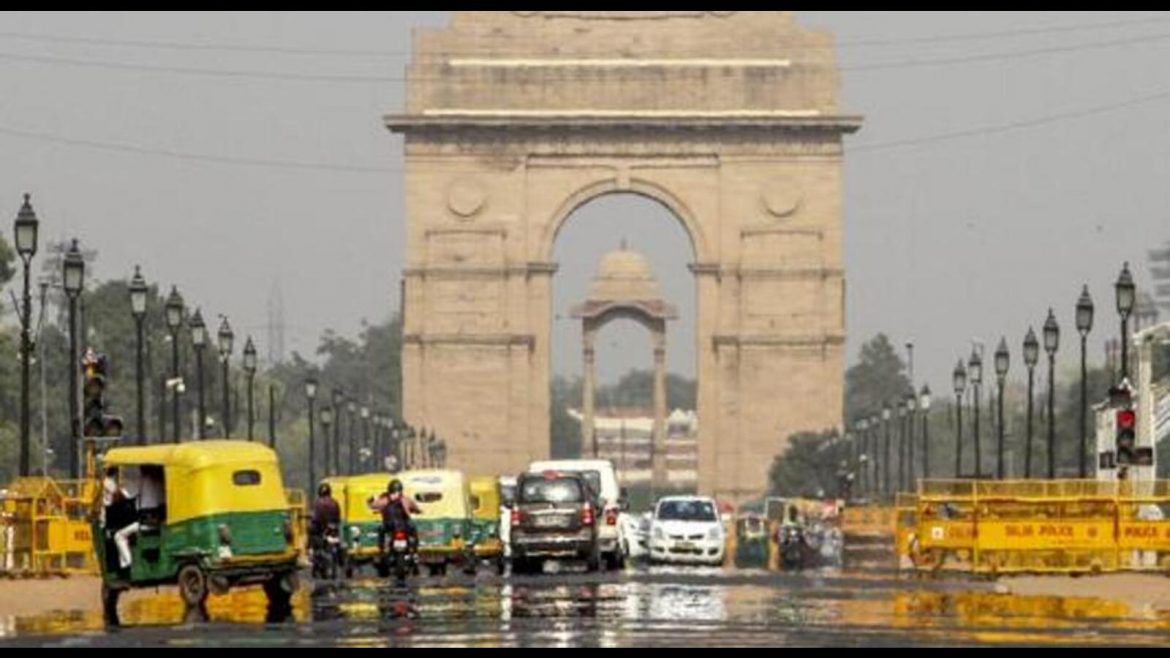Latest global meteorological models have indicated that extreme heat waves and the weak monsoon that comes with El Nino climate pattern will hit India from July to September, although meteorologists have said it was too early to speculate on its implications.
Last weekend, India Meteorological Department (IMD) said La Niña, the climate pattern that is associated with cooler temperatures in the Indian subcontinent, also prevailed over the equatorial Pacific region.
To be better prepared for El Nino’s impact which also includes a recurring climate pattern involving changes in the temperature of waters in the central and eastern tropical Pacific Ocean, experts said they have put El Niño-Southern Oscillation (ENSO) under watch.
Combining data from ocean, atmosphere, and land for long-range forecasting, the latest Monsoon Mission Coupled Forecast System (MMCFS) has indicated La Niña would likely hit from January to March but weaken thereafter while it also indicated there would be a continuation of the neutral Indian Ocean Dipole (IOD) conditions this season.
Read also: Winter heatwave breaks national temperature records across Europe
IMD’s forecast based on MMCFS indicates a 45 to 50% chance of an El Nino emerging from July to September coinciding with the monsoon season. The neutral IOD is a significant contributor to rainfall variability.
In India, the monsoon season which is crucial for summer crops as it brings about 70% of India’s annual rainfall usually begins on June 1 and it is critical to the country’s agriculture.
A bulletin released by the American National Oceanic and Atmospheric Administration (NOAA) on December 27, 2022, suggested a 50% chance of El Nino conditions compared to a 41% probability of ENSO-neutral conditions from July to September, adding that there is a 71% chance of ENSO-neutral conditions from February to April.
IMD director general M Mohapatra said they see an El Nino emerging around July-August but it is too long away to have a very accurate forecast. “We should wait for a few months to get a clearer picture. There is no need to worry about it at the moment because we are first transitioning to ENSO-neutral conditions after the winter season.”
The latest research has suggested climate crisis was accentuating the impacts of both El Nino and La Nina. There was an unusually warm spring and summer last year. Above-normal day and night temperatures have been recorded this winter in northwest India.
El Nino has a major influence on weather and climate patterns such as heavy rains, floods, and drought. In India, it is associated with drought or weak monsoons. La Nina is associated with strong monsoons and average rains and colder winters. It has a cooling influence in India.
Story was adapted from Hindustan Times.
